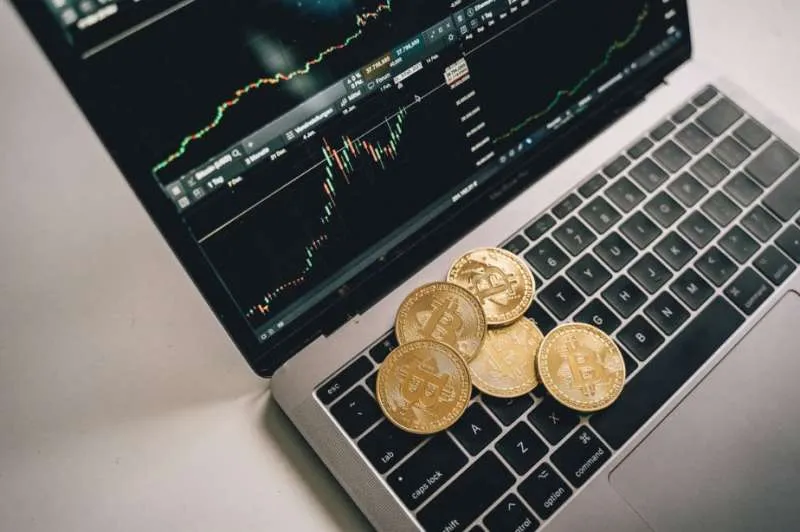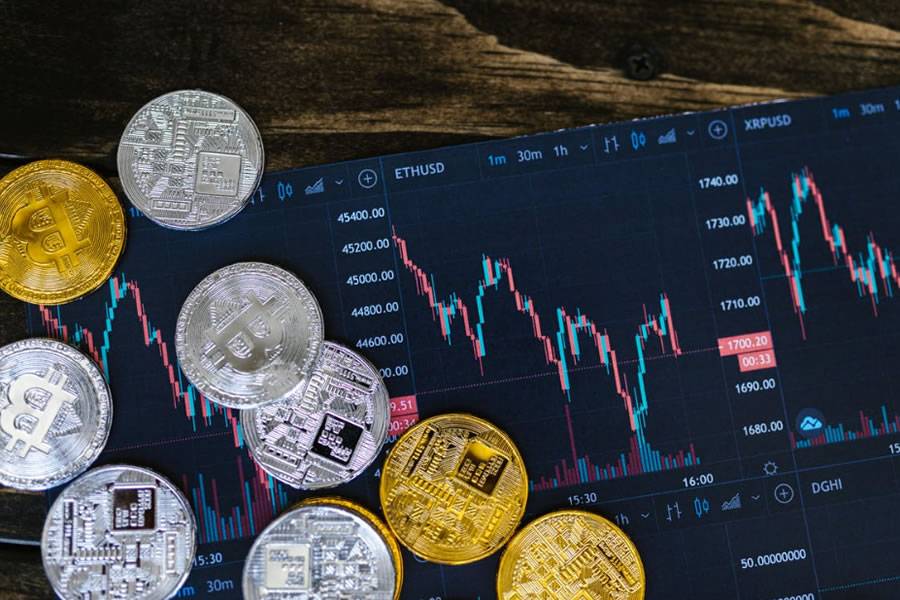The effect of ‘crypto winter’ and 5 alternative sectors to follow
- 05-08-2022
- Business
- Canarian Weekly
Prices of digital currency assets have plummeted this year, indicating that the cryptocurrency market is highly susceptible to the global economy's broader issues. As a result, some in the industry have predicted the arrival of a "crypto winter."
A "crypto winter" occurs when prices fall significantly and then remain low for several weeks or months. For instance, the collapse of the TerraUSD crypto project in May sent an icy blast through the market, and then the cryptocurrency lending platform Celsius Network halted withdrawals, sparking a sell-off that pushed Bitcoin to a 17-month low.
With digital currencies seemingly coming to a collapse, what else would investors and traders turn to? Here are 5 alternative sectors in the crypto market that you could follow:
Decentralised Finance (DeFi) Applications:
DeFi gained popularity due to its promise of autonomy. It eliminated manual intervention from humans in financial services, lowering the possibility of error. It gives you lower-priced access to capital and the opportunity to make significant profits.
Without a doubt, DeFi investments can be extremely profitable if you can stomach the risk, and with the help of Immediate Edge, you can be connected with trusted brokers in the market who are equipped with state-of-the-art tools and advanced knowledge for efficient and safe trading experience. To learn more you can check out their terms and conditions.
Amidst its claims of "self-governance," small groups of stakeholders (or holders of "governance tokens") have the ability to change the regulations of the DeFi project, which may not be in your favour. Furthermore, DeFi lacks shock absorbers (such as banks). If you lose all of your money, you are not protected or guaranteed any returns or a safety net.
Smart Contract Platforms:
The SCP sector fosters a fertile space for innovation, attracting a high level of growth and resources. These platforms use network effects, decentralised consensus systems, and programmability with various programming languages to allow innovative and creative developers to build protocols for various purposes.
The Smart Contract Platform sector provides a framework or foundation for the digital economy because the DApps built on these platforms attract a large number of users, inspiring individuals to take greater control over their finances and transactions and creating a thriving economy with numerous opportunities.

Payments Coins:
Payment coins are crypto asset classes that use their own blockchain and crypto coin as a means of payment to revolutionise money transfers and value transfers. The potential of a blockchain to instantly and indefinitely transfer value over the internet led to the establishment of cryptocurrencies such as Bitcoin (BTC), Ripple (XRP), and Litecoin (LTC).
In its most basic form, money serves three basic functions: a medium of exchange, a unit of value, and a store of value. Payment coins are considered digital money because they perform these three functions just as well, if not better, than fiat currencies.
Non-Fungible Tokens:
Anything to do with NFTs is fresh, and there is a possibility that it is just a balloon that will burst once the initial excitement wears off. At the same time, numerous opportunities can benefit from NFTs if they are used correctly. As a new market, there will almost certainly be severe swings in interest, actual cost, and value of NFTs until the market stabilises.
Having said that, investing in NFTs is unquestionably risky. The value of digital art is determined by how much someone is willing and able to pay for it. There are presently no regulations or rules governing the buying and selling of these assets, and you don't even know if you'll be able to sell them.
Stablecoins:
If you're wondering why you should invest in these genuinely new currencies, consider this: most crypto exchanges do not charge a processing fee when buying, selling, and trading stablecoins. As a result, more people are converting their crypto assets to stablecoins before exchanging them for fiat currency, and vice versa.
Along with this, all of the features of the stablecoin, as well as the possibility that most governments will approve or issue their own version of these, can be significant factors to consider. Furthermore, we may never know when stablecoin will reach its peak. Purchasing these coins while they are relatively cheaper is thus a wise investment strategy, though understanding all of the associated terms and conditions is required.
Final Thoughts:
Some people may mistake crypto winter for altcoin season. Even though they are relatively connected to cryptocurrency, they have significant differences. Except for Bitcoin, altcoin season is a crypto occurrence in which the prices of most cryptocurrencies rise. According to experts, altcoin season takes place when the market capitalisation of the top 50 altcoins exceeds that of Bitcoin in the previous 90 days.
Meanwhile, crypto winter occurs when all cryptocurrencies' prices drop drastically below their average bullish trend. Normally, when this situation occurs, the entire cryptocurrency market crashes. However, there's still a chance that the market will recover, but it usually takes a very long time.
























































